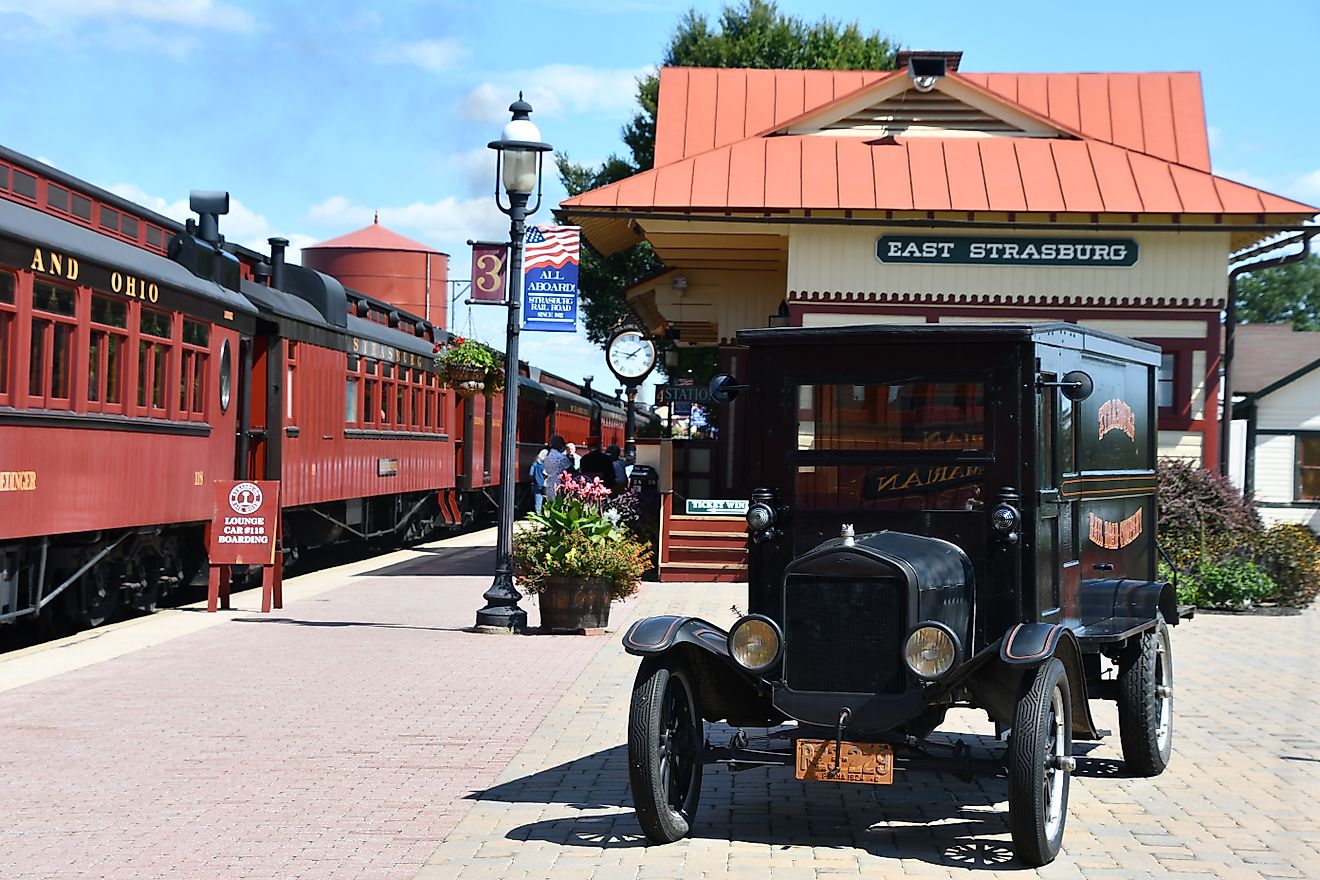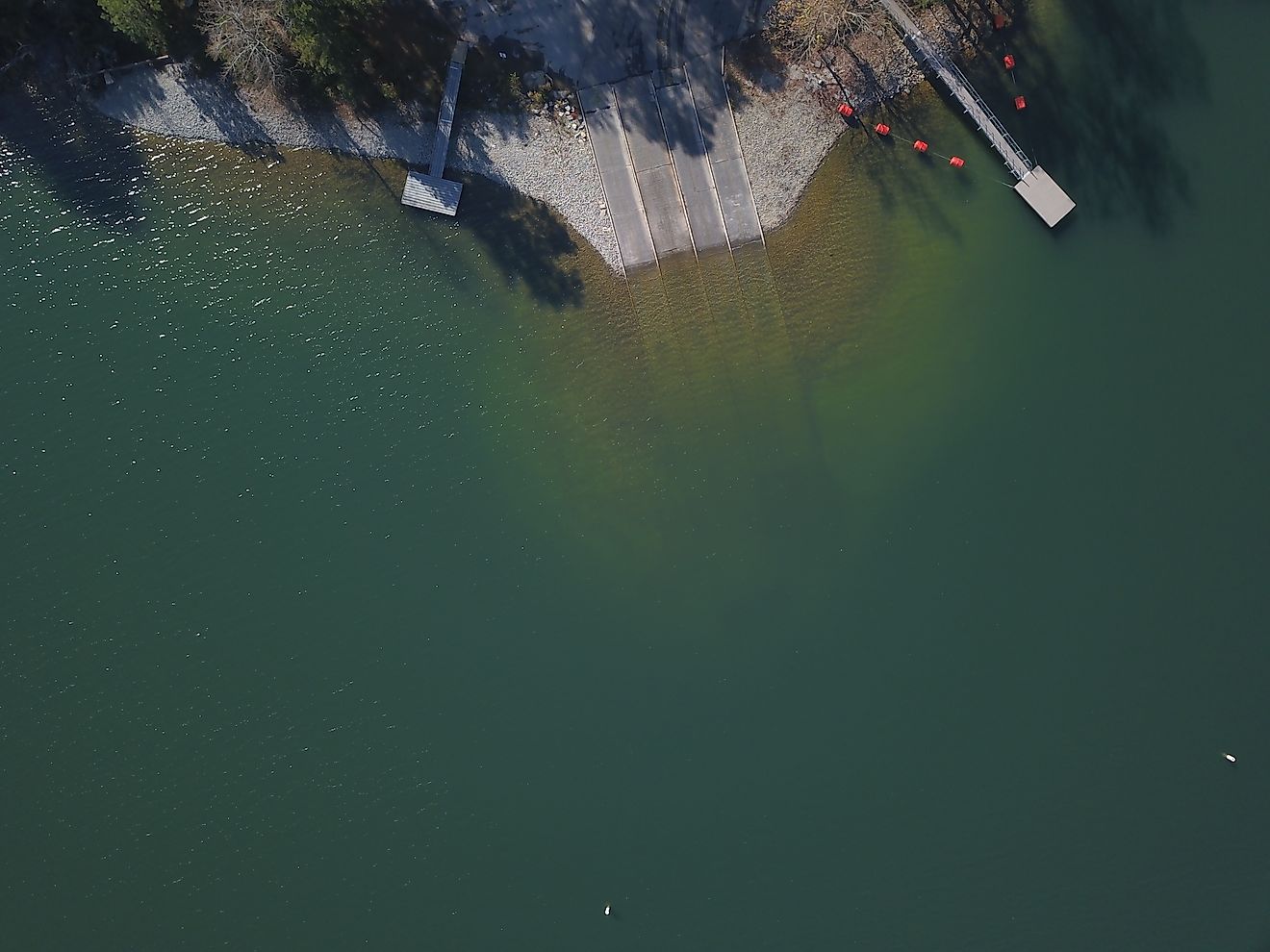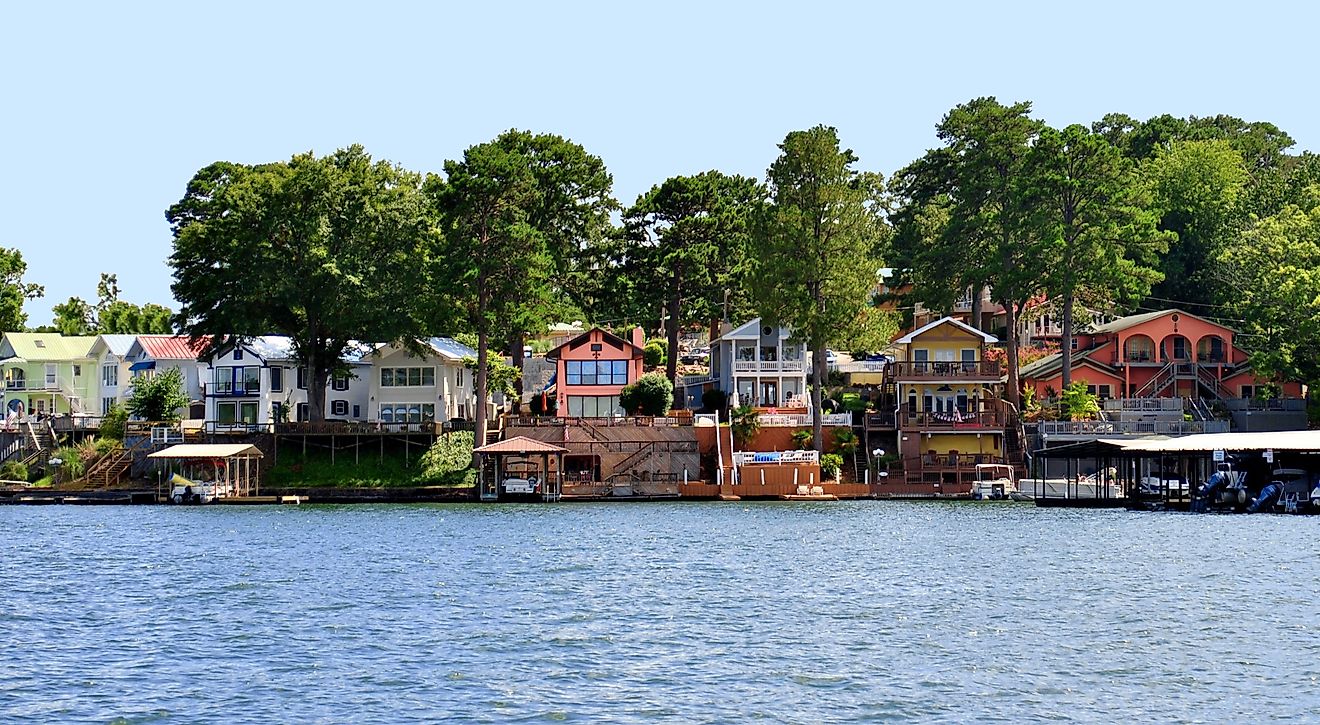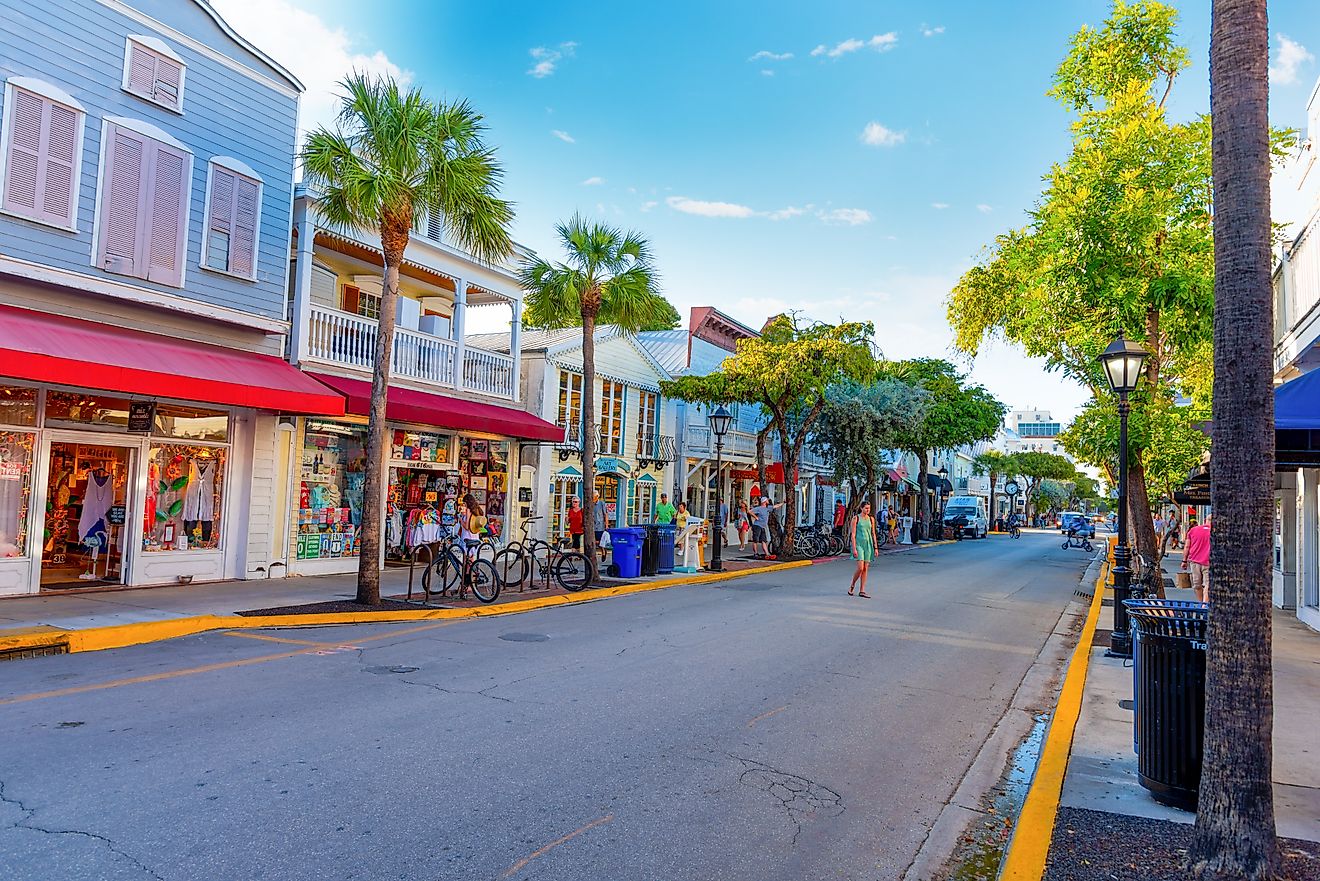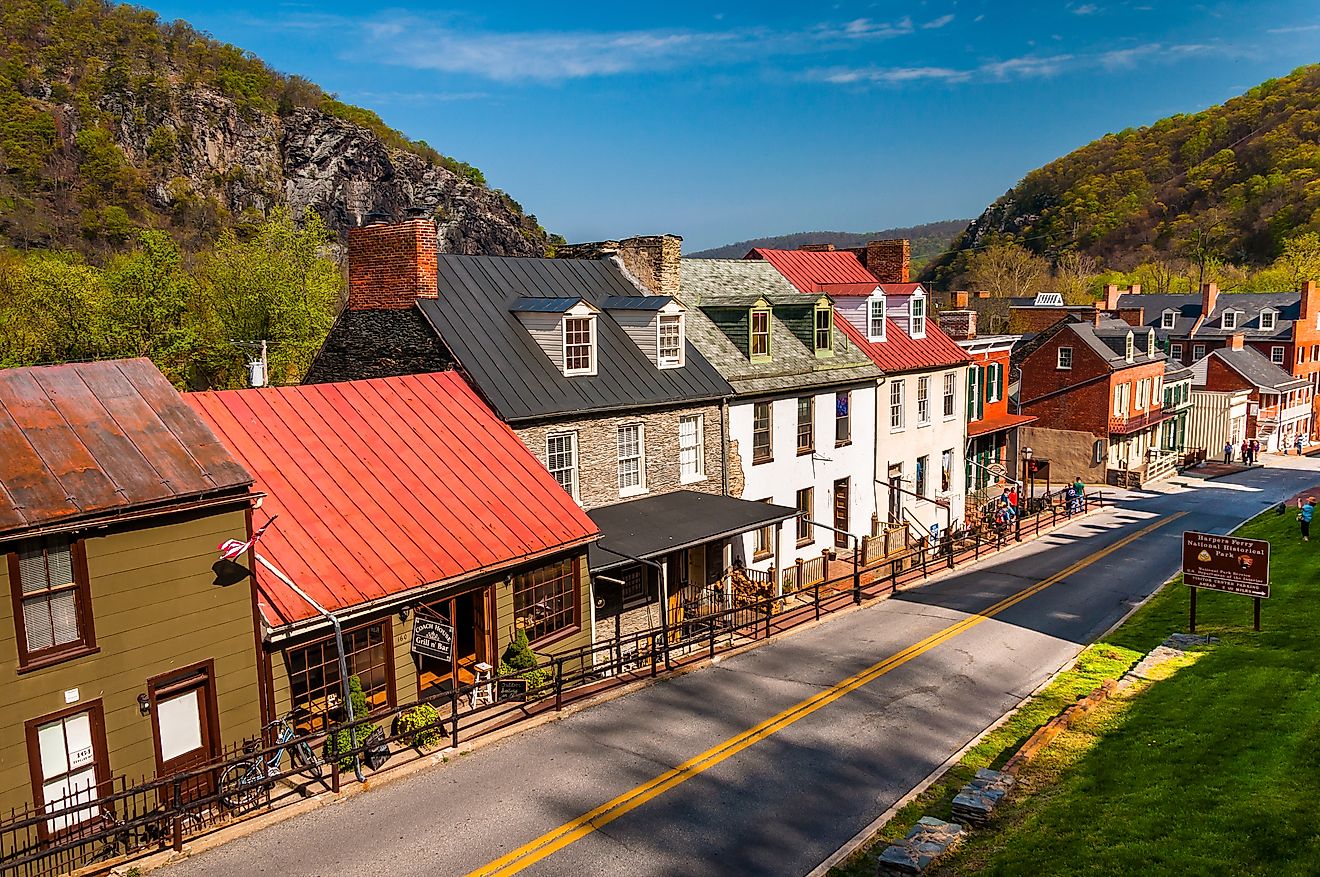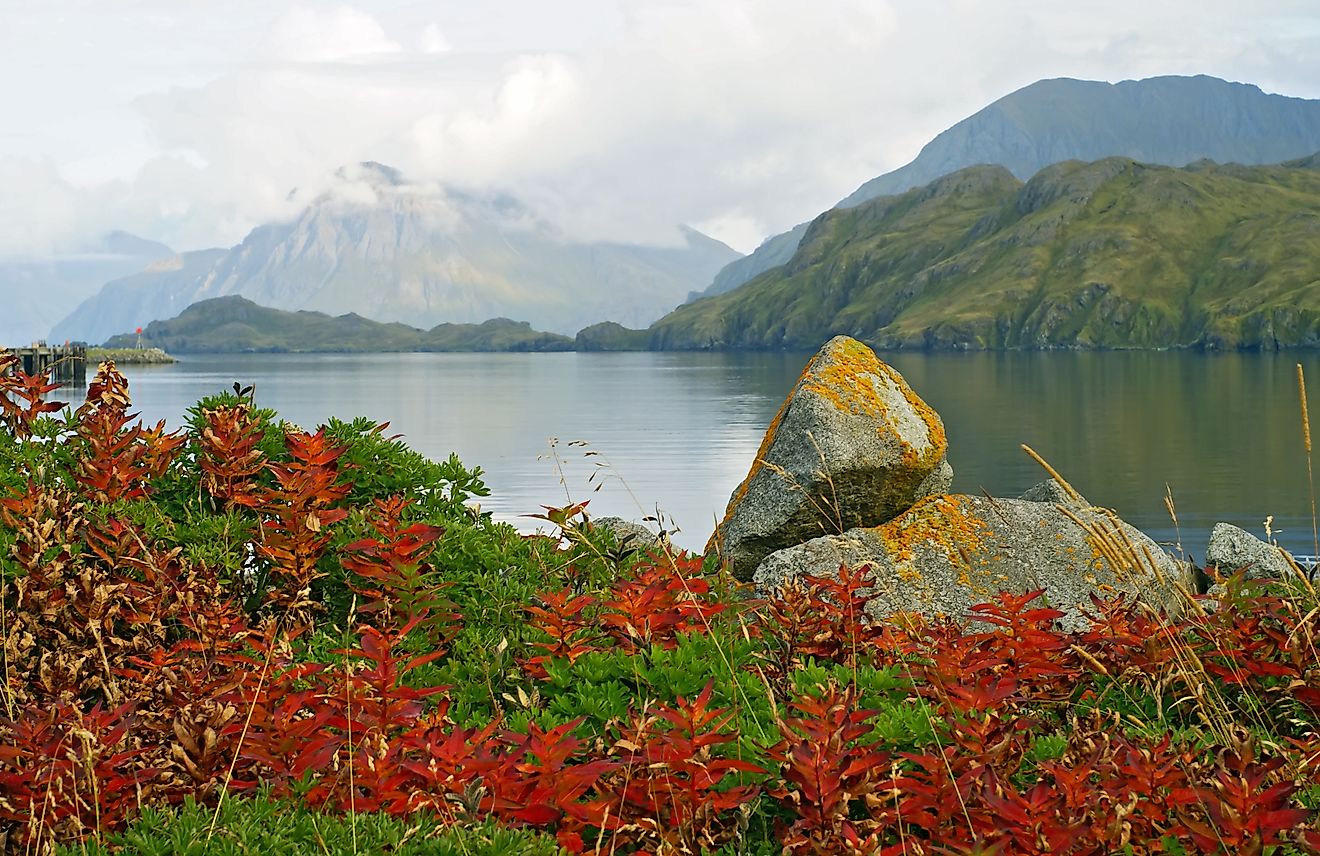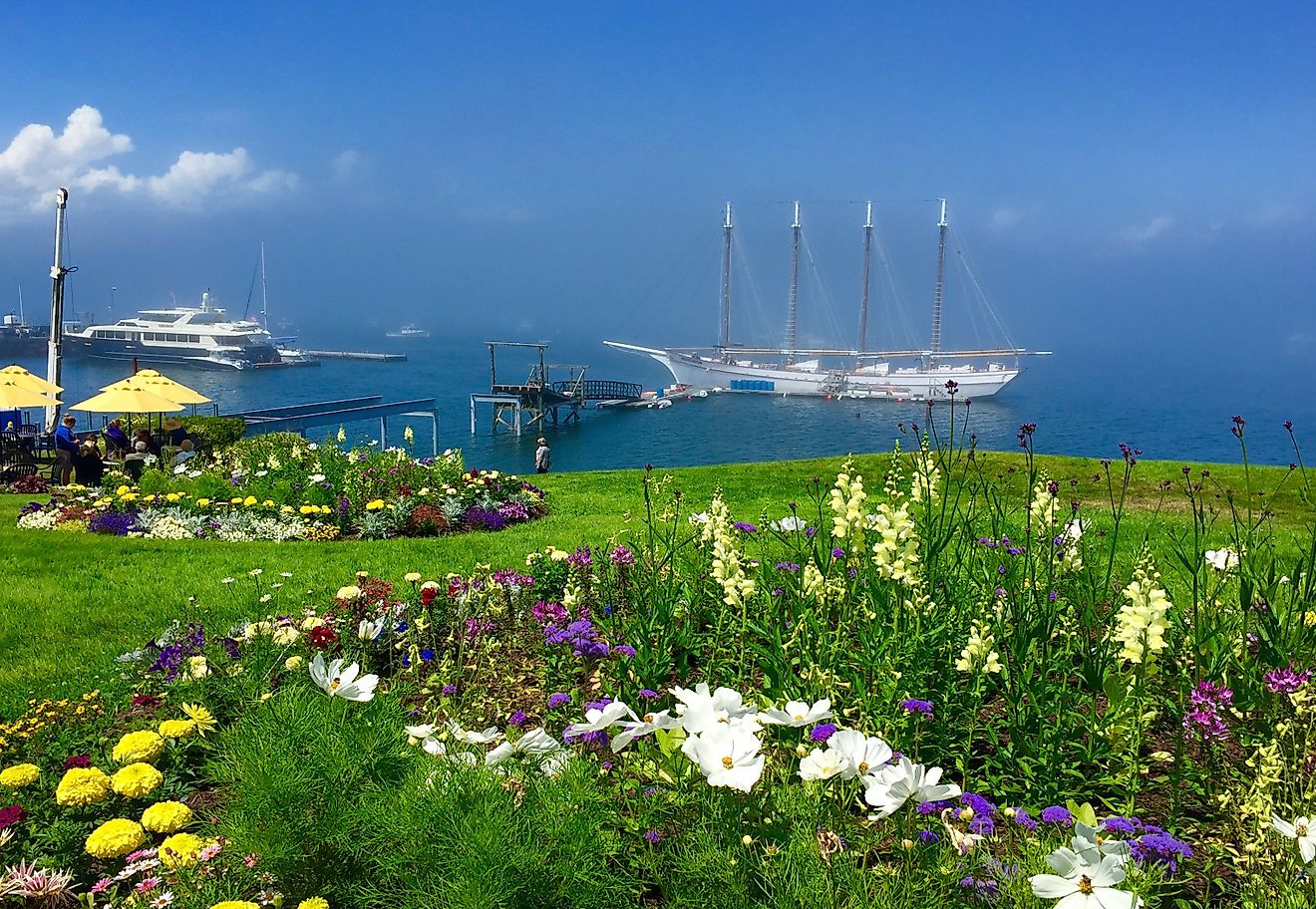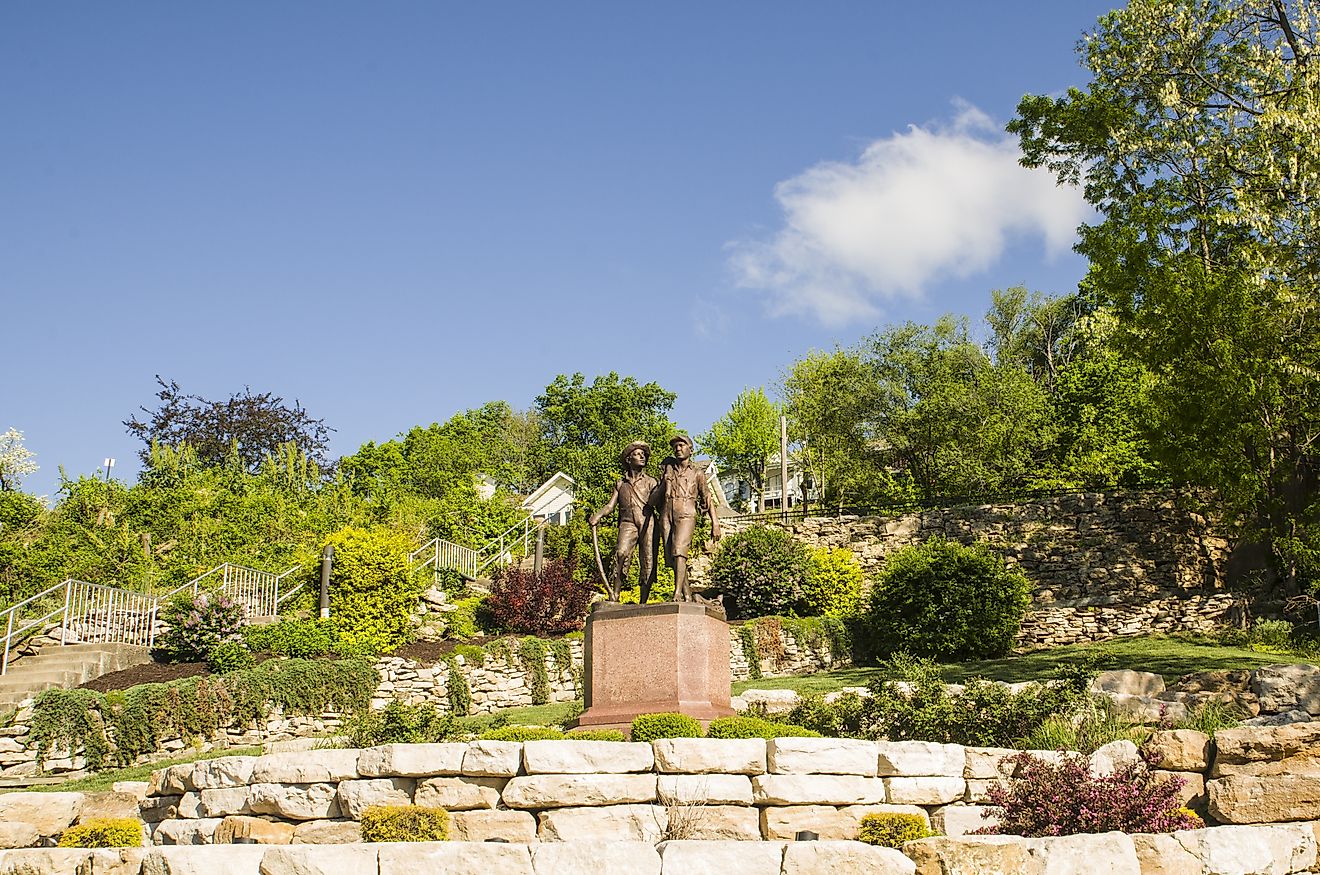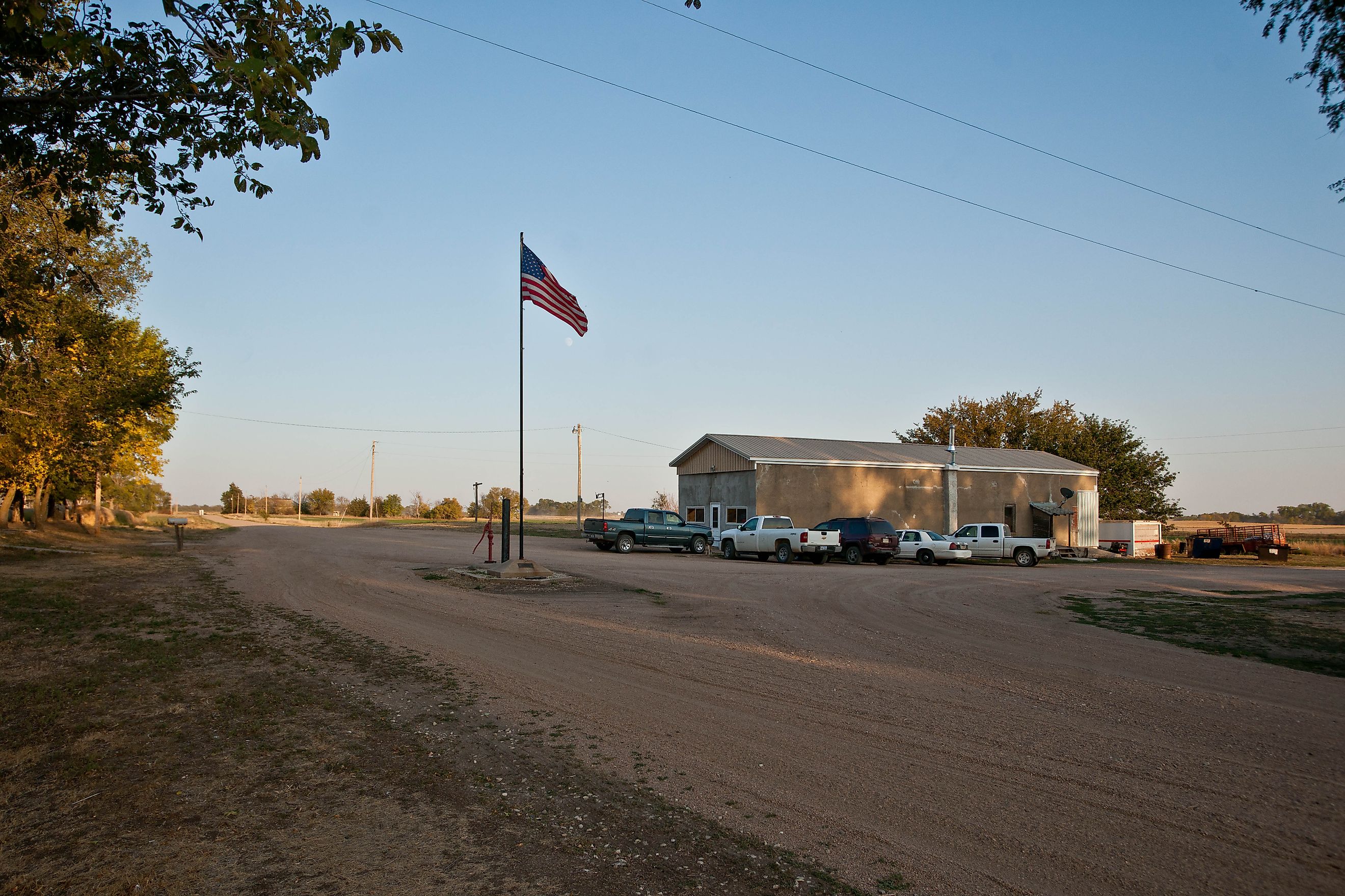
US Towns With a Population Under 20
Across the United States, quiet corners of the map hold towns so small they could fit an entire population into a single classroom. Some are remnants of a bustling past, where mines, mills, or railroads once drew hundreds. Others are remote communities that simply prefer the stillness of isolation. Each town, no matter how tiny, has a story that blends resilience, history, and the kind of solitude rarely found in modern life.
In a country known for sprawling cities and endless highways, these micro-communities stand as living echoes of another era. Here are some of America’s most fascinating towns with populations under 20, where the definition of “small town” reaches an entirely new level.
Monowi, Nebraska
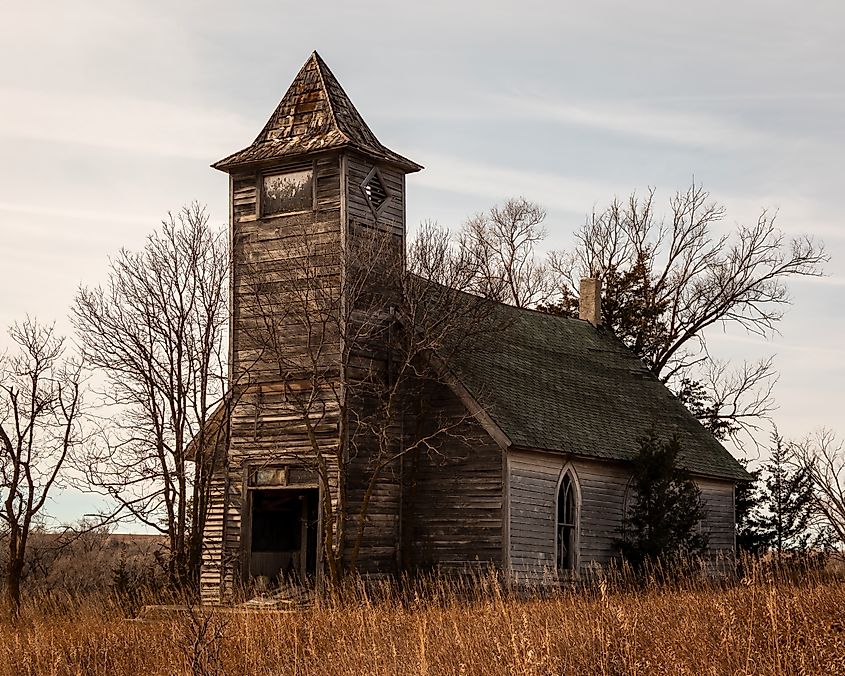
Population: 1
In northern Nebraska, Monowi holds a rare distinction, it is the only incorporated town in the United States with a single resident. Elsie Eiler, the town’s sole citizen, runs the local tavern, maintains municipal records, and even pays taxes to herself as mayor. Once a farming hub along the Elkhorn River, Monowi saw its population decline throughout the 20th century as rural families moved toward cities for work.
Today, the town’s iconic tavern serves as a gathering spot for travelers and those intrigued by its one-person story. Eiler keeps the shelves stocked, the beer cold, and the library open in memory of her late husband, Rudy.
Buford, Wyoming
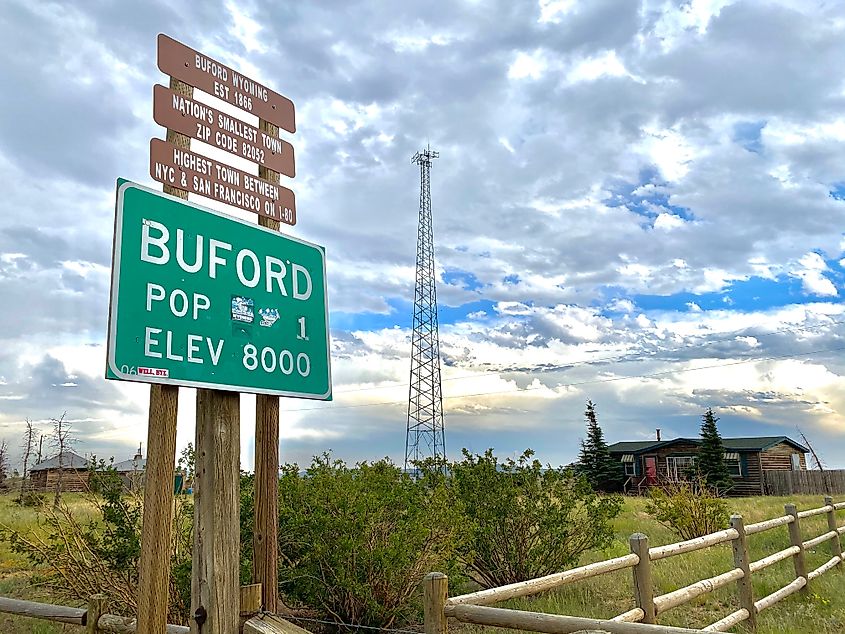
Population: 1
Just off Interstate 80 between Laramie and Cheyenne, Buford once claimed the title of “the smallest town in America.” Originally founded during the construction of the Transcontinental Railroad in the 1860s, Buford was home to nearly 2,000 railroad workers at its peak. Over the decades, the population dwindled, leaving behind a lone gas station, a small store, and a few outbuildings surrounded by Wyoming’s wide-open plains.
In 2012, the town made headlines when it was sold at auction for $900,000 to a businessman from Vietnam, who later renamed it “PhinDeli Town Buford” to promote his coffee brand. Today, it remains a roadside curiosity for travelers crossing the vast Wyoming landscape.
Lost Springs, Wyoming
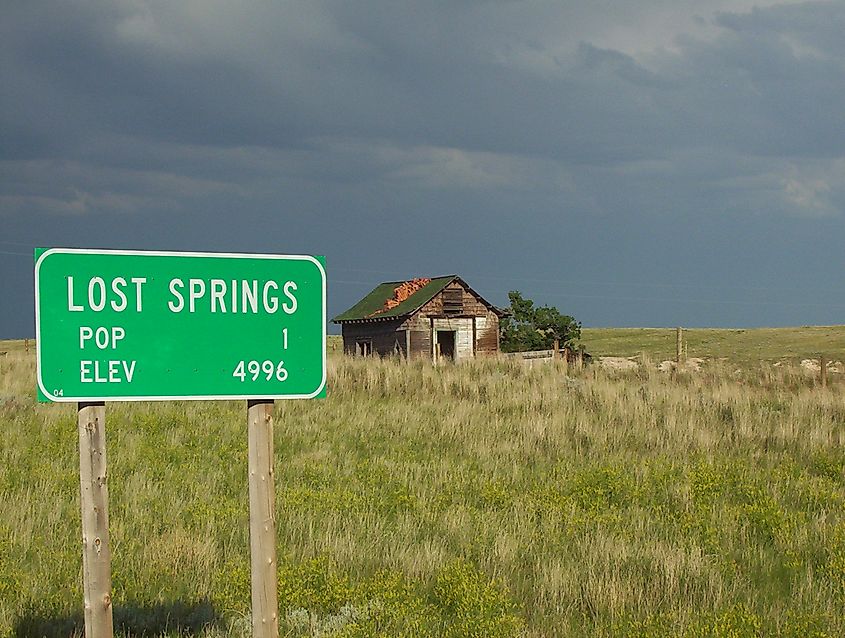
Photo of Lost Springs road sign on SR 20, wyoming. Editorial credit: wikimedia commons
Population: 4
Wyoming has more than its share of small towns, but Lost Springs is among its tiniest and most memorable. Once home to miners working nearby uranium deposits, the town now consists of a handful of residents, a post office, a bar, and a scattering of structures that hint at busier days.
The town gained national attention when its population sign famously read “Population: 1,” though later census counts confirmed there were at least four residents. Lost Springs sits along Highway 20, surrounded by sweeping grasslands that seem to stretch without end. Despite its size, it remains incorporated, maintaining its own governance and a small but proud identity amid the open Wyoming range.
Hibberts Gore, Maine
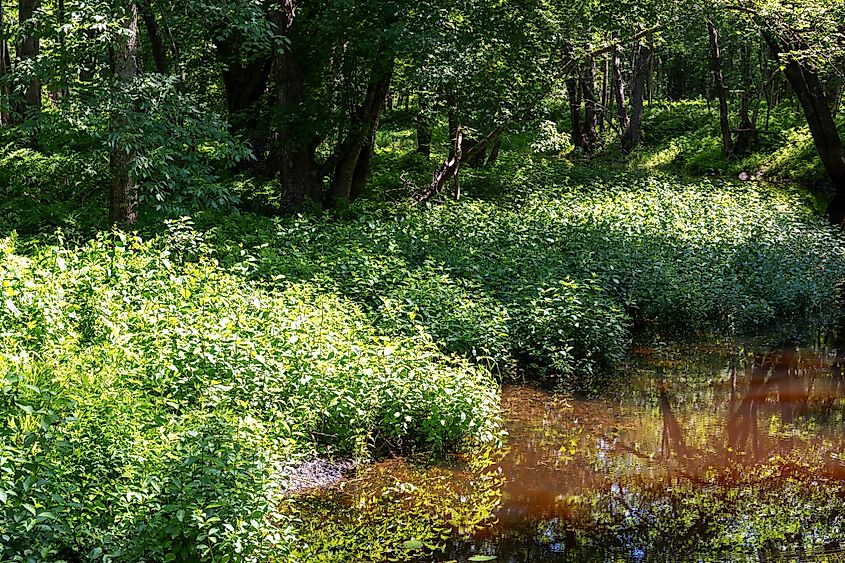
Population: 3
In the dense forests of central Maine lies Hibberts Gore, one of the most unusual communities in New England. The term “gore” refers to an unincorporated area that was left out when town boundaries were drawn. Hibberts Gore covers less than one square mile and has just three recorded residents.
Unlike traditional towns, Hibberts Gore never had a formal center or local government. Its quiet roads, thick pine groves, and meandering streams make it a place defined more by nature than by human habitation. Despite its obscurity, the gore’s existence highlights the quirks of early American land surveys and how even the smallest of places can hold official status.
Gross, Nebraska
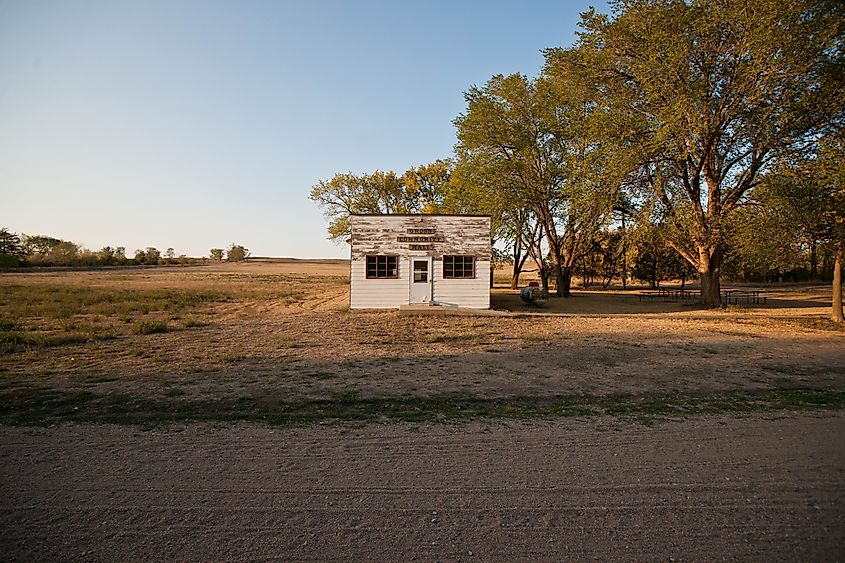
Population: 2
Gross is another small Nebraska gem that once hoped for big things. Founded in 1893, the town was named after homesteader P.G. Gross, who envisioned a prosperous farming community. Early on, it had stores, a school, and several dozen residents.
When the railroad bypassed the area, the town’s fortunes changed. Families moved away, leaving only a few behind. Today, Gross has a population of two, a family-run tavern, and a proud tradition of keeping its tiny community alive. It is a place where the past is not forgotten but honored daily through the simple act of staying put.
Funkley, Minnesota
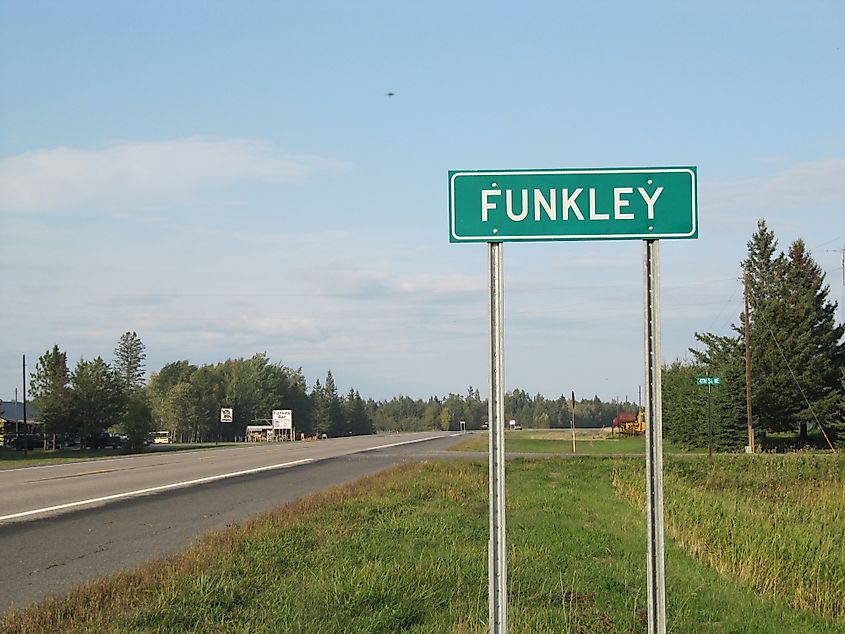
Population: 12
Northern Minnesota’s Funkley might be small, but it has plenty of personality. Once a logging town, Funkley saw its population decline through the 20th century as industries changed. What remains is a dozen residents, a few buildings, and an enduring sense of humor about its size.
For years, the Funkley Bar served as the town’s unofficial headquarters, where locals gathered to swap stories and welcome curious travelers. While tiny in number, the town continues to embody the quirky resilience that defines rural Minnesota. Its history is filled with colorful characters, self-reliance, and the unshakable belief that even the smallest places deserve their spot on the map.
Maza, North Dakota
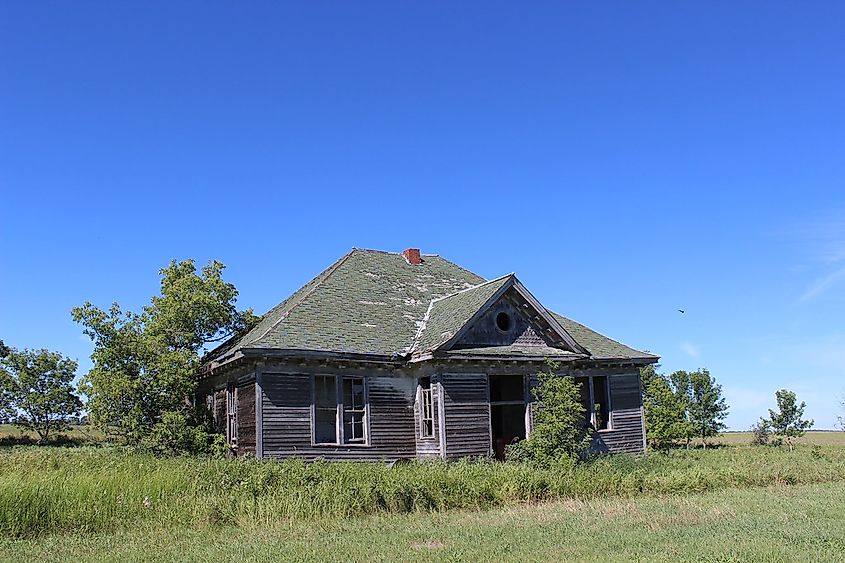
Population: 14
In the vast northern plains of North Dakota, Maza is a dot on the map that tells a story of endurance. Founded in 1893 along a branch of the Great Northern Railway, Maza once had schools, churches, and a lively grain trade. As rail traffic declined, so did the town’s population.
Today, Maza’s few residents maintain their homes amid sweeping prairies and old grain elevators that stand as monuments to the town’s past. Though small, Maza embodies the quiet dignity of countless rural settlements across the Midwest, where heritage matters more than headcount. Maza also serves as a window into the region’s agricultural and railroad history, offering insights into how small towns shaped the development of the northern plains.
Holding on to the Quiet Corners
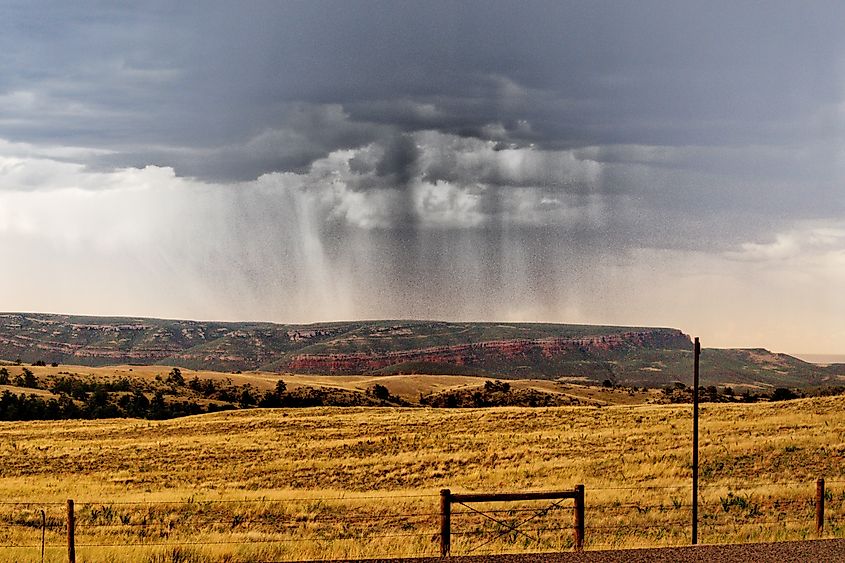
The future of these small towns is uncertain, but their legacy endures. As highways lengthen and digital maps expand, these places remind travelers that the United States is not defined solely by its cities. It is equally shaped by its tiniest dots, where a handful of residents continue to live, dream, and carry forward the names that history nearly forgot.
Even with populations under 20, these towns represent something vast: the enduring human desire for place, belonging, and continuity. Across the plains, the mountains, and the forests, they keep holding on, small in number, but mighty in spirit.
Chart: Smallest Towns in America
| Town | State | Population | Notable Fact |
|---|---|---|---|
| Monowi | Nebraska | 1 | Only incorporated one-person town in the US |
| Buford | Wyoming | 1 | Once sold at auction for $900,000 |
| Hibberts Gore | Maine | 3 | A “gore,” or land left out of early surveys |
| Maza | North Dakota | 14 | Once a lively grain trade hub |
| Gross | Nebraska | 2 | Family-run tavern keeps the town alive |
| Lost Springs | Wyoming | 4 | One of America’s tiniest incorporated towns |
| Funkley | Minnesota | 12 | Known for its quirky personality and humor |
